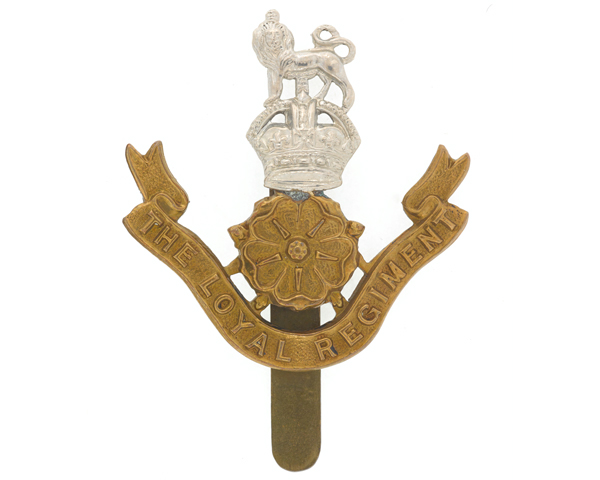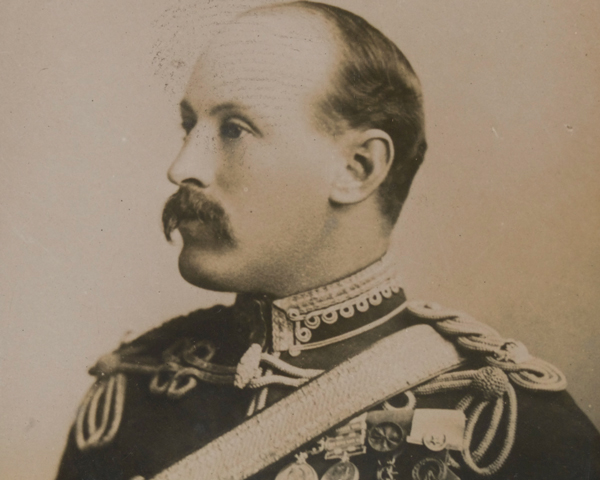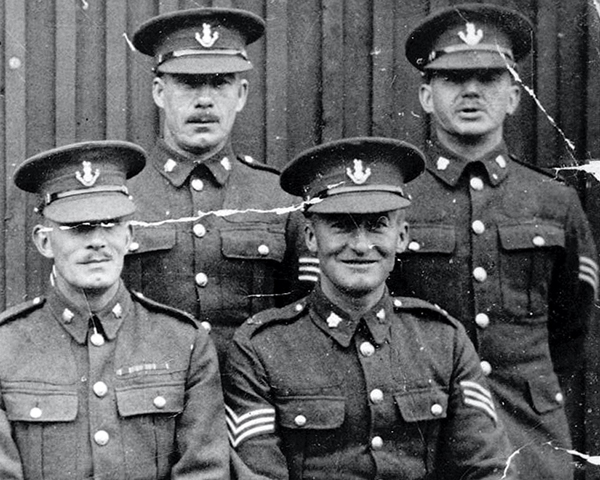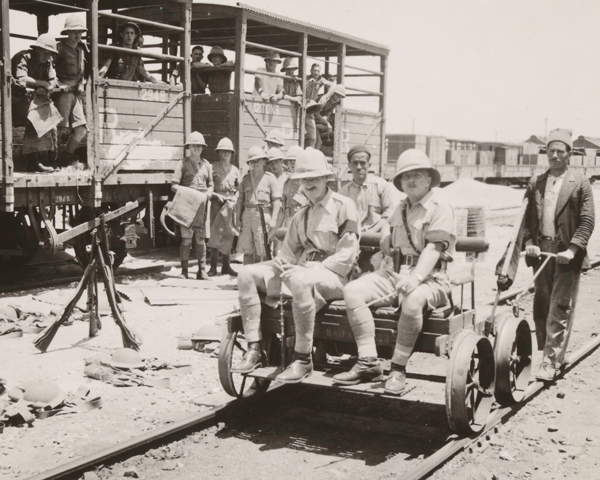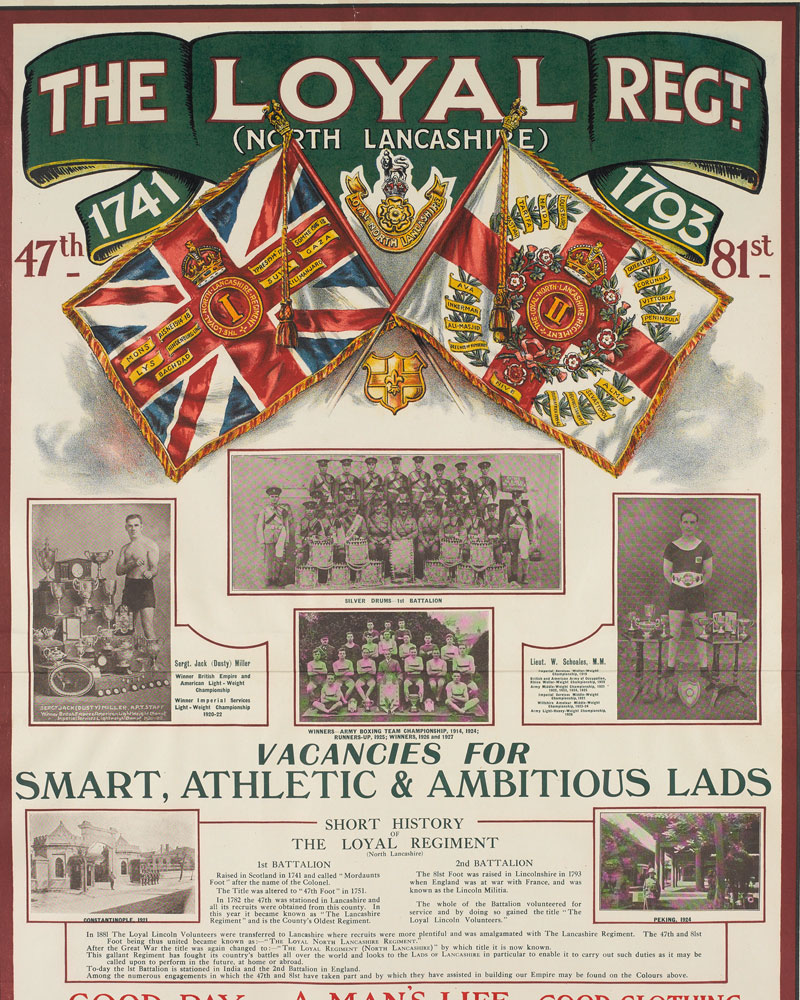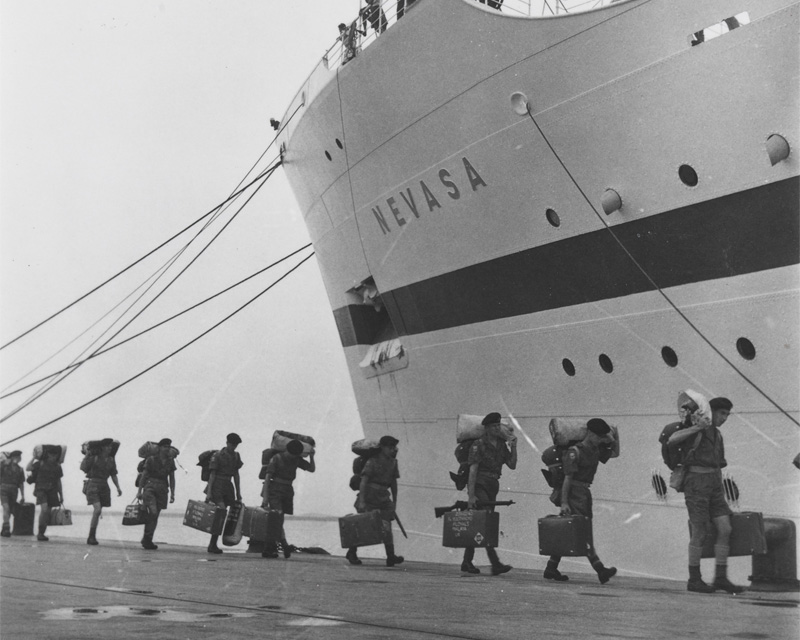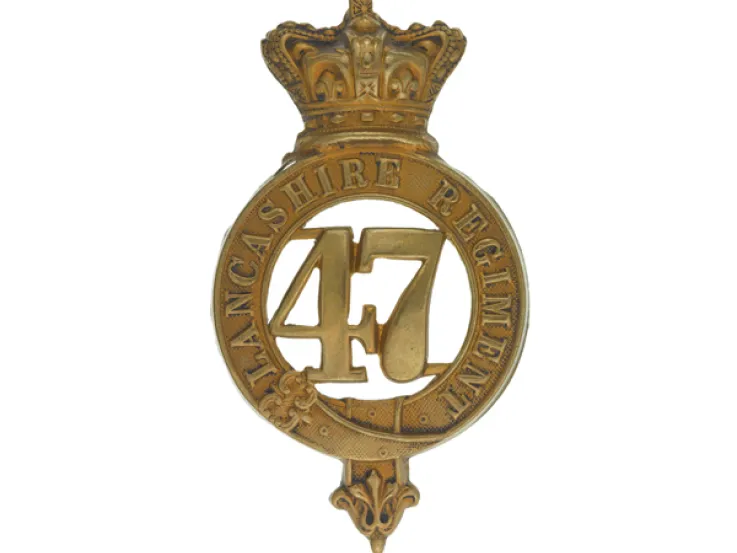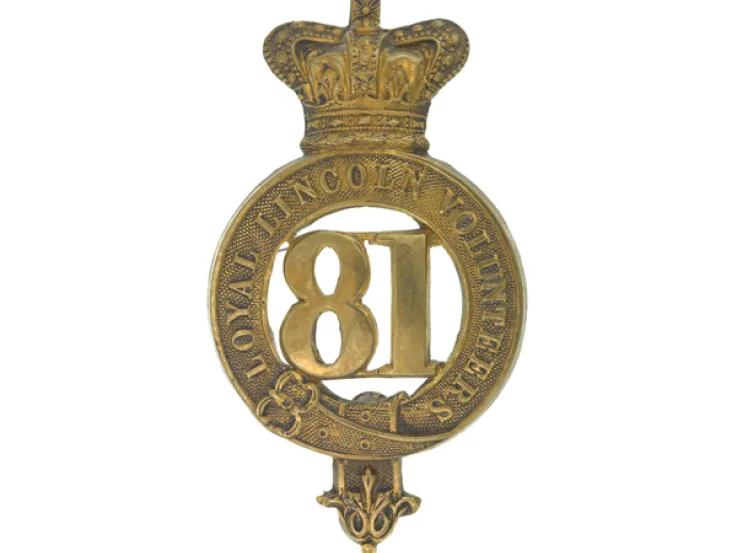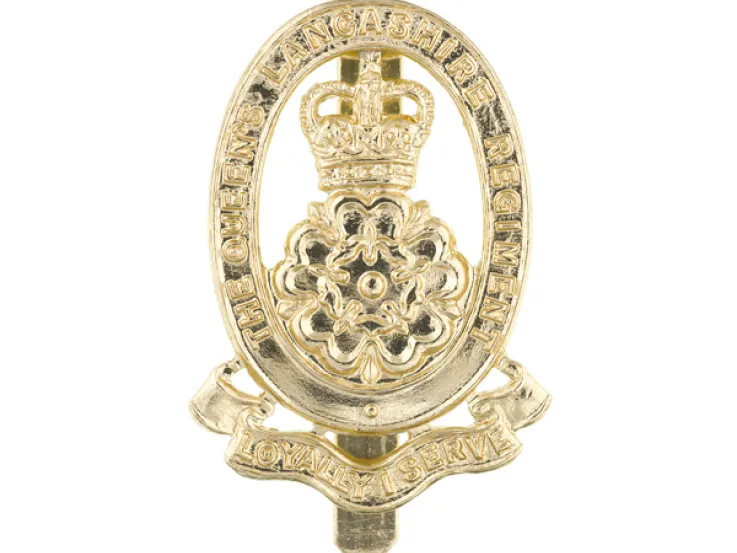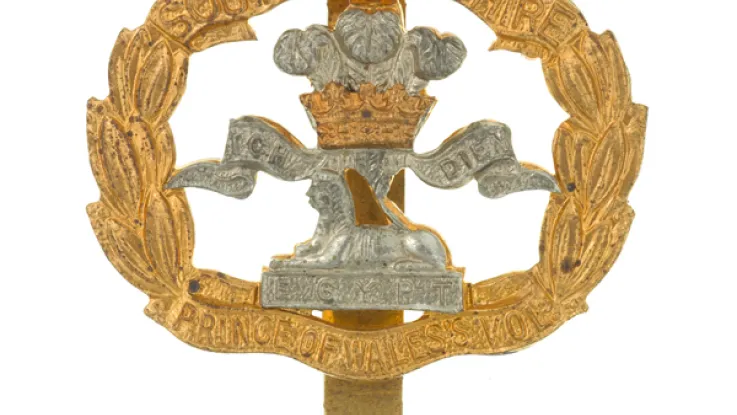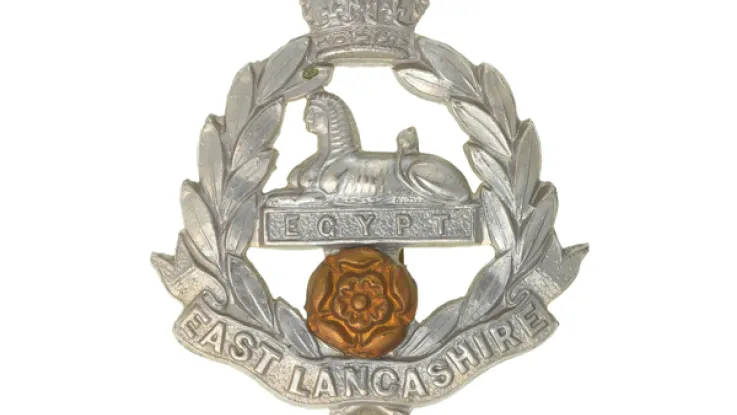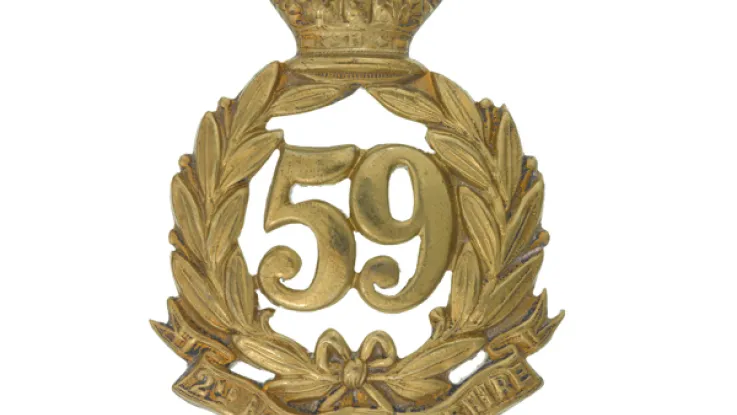Origins
In 1881, a county regiment was set up for northern and central Lancashire by merging the 47th (Lancashire) Regiment of Foot and the 81st Regiment of Foot (Loyal Lincoln Volunteers). Each of these became one of the new unit’s two regular battalions. Initially known as The Loyal North Lancashire Regiment, it recruited primarily in Preston, Chorley, Bolton and Wigan.
The new unit’s 1st Battalion was in Ireland when the amalgamation occurred, but in 1882 deployed first to Gibraltar, then India. The 2nd Battalion was already in India at the time of the merger, but returned to Britain for 16 years in 1883.
The 1st Battalion moved to Ceylon (Sri Lanka) in 1896, then to South Africa two years later, where it fought in the Boer War (1899-1902). This service included the Siege of Kimberley, where its commanding officer, Lieutenant-Colonel Robert Kekewich, led the garrison.
The 2nd Battalion spent 1899 to 1902 in Malta before deploying to Gibraltar, South Africa and Mauritius.
First World War
In August 1914, 1st Battalion was in England, but soon deployed to the Western Front, remaining there for the duration of the First World War (1914-18). The 2nd Battalion began the war in India, but also served in German East Africa and Egypt, before arriving on the Western Front in June 1918.
The regiment also raised 15 Territorial and New Army battalions during the conflict and received 80 battle honours for its services. Battalions of the Loyals served at home stations, on the Western Front, in Salonika, Palestine and Mesopotamia.
Inter-war
After the First World War, 2nd Battalion was in Ireland before being recalled to Britain in 1922. During this period, in 1921, the regiment’s title changed to The Loyal Regiment (North Lancashire).
The 1st Battalion was sent to face the Turkish threat to British forces at Chanak in the Dardanelles in 1922, but moved to Guernsey later that year. It then served at Tientsin for a year before arriving in India.
In 1936, 1st Battalion was deployed to Palestine during Arab unrest there, but moved back to England in 1937. That same year, 2nd Battalion deployed to protect British legations and settlements in China.
Second World War
When war was declared in 1939, 1st Battalion deployed to France and was evacuated from Dunkirk in 1940. It then remained in England re-training and re-equipping until March 1943, when it landed in Tunisia. It moved on to Italy later that year, fighting at Anzio (1944) and on the Gothic Line (1944) before finally deploying to Palestine in February 1945.
The 2nd Battalion was in Singapore at the outbreak of war and was captured there in early 1942. A new 2nd Battalion was immediately formed by renaming the regiment’s 10th (Territorial) Battalion. This unit stayed in England until it was sent to reinforce the British troops in Italy in October 1944. It then briefly served as occupation troops in Austria until 1946, when it was reduced to a cadre.
During the conflict, the regiment expanded to 10 battalions. Several of its Territorial and hostilities-only battalions were eventually transferred to other units, such as the Royal Artillery and Reconnaissance Corps.
Post-war
In 1947, 1st Battalion was sent to Cyprus. It remained there for three years with the exception of a spell in Eritrea as occupation troops. In 1948, the regiment’s two regular battalions were merged. Two years later, it was sent to Egypt for three years. It briefly occupied Trieste in 1953, before returning home the following year.
In 1957, it began a three-year deployment to Malaya during the Emergency (1948-60), followed by service in Germany with the British Army of the Rhine in the early 1960s. From 1966 to 1968, it was stationed on Malta, but each of the regiment's three companies briefly served on rotation in Aden for two months during 1966.
Legacy
The regiment was back in England by 1970, when it merged with The Lancashire Regiment (Prince of Wales’s Volunteers) to form The Queen’s Lancashire Regiment.
Regimental museums
The National Army Museum works with a network of Regimental and Corps Museums across the UK to help preserve and share the history and traditions of the Army and its soldiers.
Discover more about The Loyal Regiment (North Lancashire) by visiting the Lancashire Infantry Museum in Preston.


